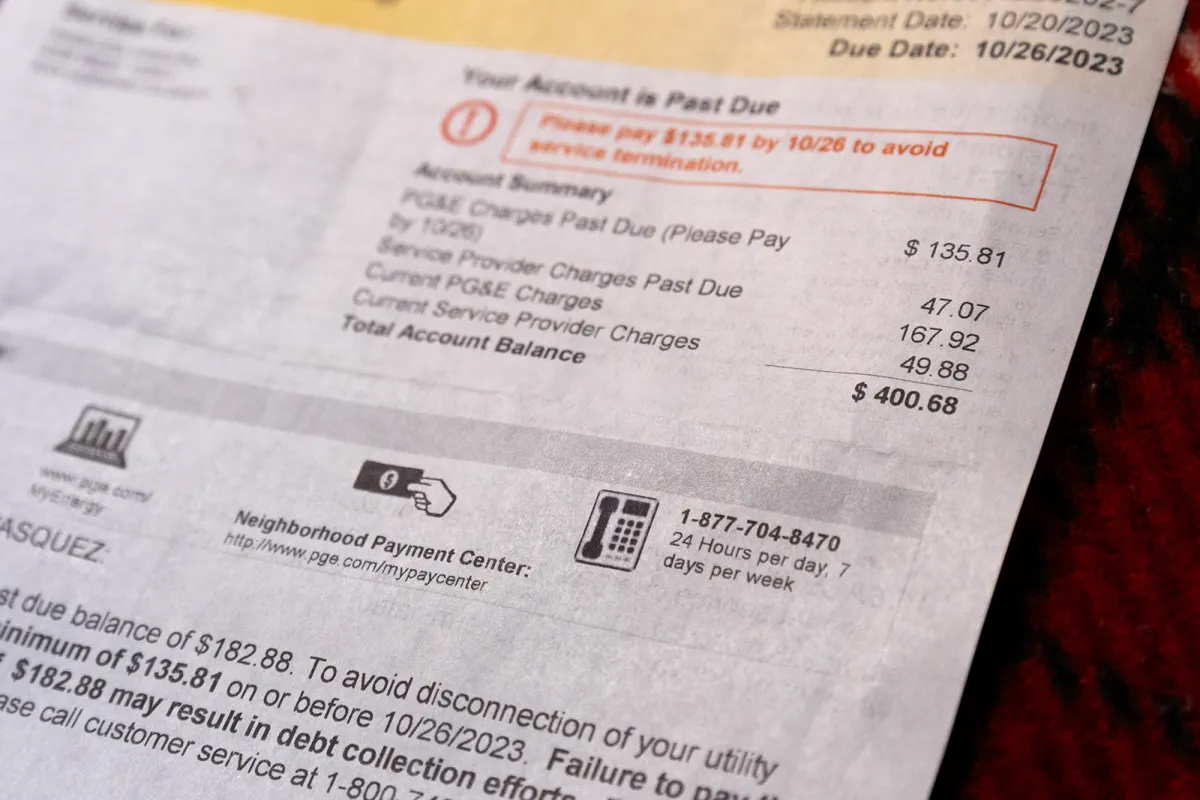
If and when Gavin Newsom launches a campaign for president, economic and social conditions in the California he’s governed for two terms will be in the spotlight.
While Newsom brags incessantly about the state and its achievements, its chronic problems, such as a high level of homelessness, are obvious to anyone. Political media and his rivals will focus on them with laser-like intensity.
Given the dynamics of last year’s presidential contest, in which worries about rising costs of living played a role in Californian Kamala Harris’s loss to Donald Trump, California’s very high costs for housing and other fundamental living needs, would be fodder for attacks on Newsom in 2028.
Newsom has been trying to insulate himself, as much as possible, from such criticism. For example, he’s signed legislation aimed at increasing housing production and ordered his administration to crackdown on cities that impede construction.
Last October, just a few days before Harris lost, Newsom ordered California’s Public Utilities Commission, Air Resources Board and state Energy Commission to generate ideas on how high costs of energy, particularly electricity, could be mitigated.
“We’re taking action to address rising electricity costs and save consumers money on their bills,” Newsom said at the time. “California is proving that we can address affordability concerns as we continue our world-leading efforts to combat the climate crisis.”
California’s residential and commercial electricity rates are the highest in the nation’s lower 48 states, according to a monthly compilation by the California Center for Jobs & the Economy, an adjunct to the California Business Roundtable. Californians’ actual power bills are the ninth-highest due to the state’s relatively mild climate, the report found.
Power bills hit low-income families especially hard, especially those living in inland communities, where summer temperatures easily pass 100 degrees, requiring extensive use of air conditioning. This week, a report from the Public Policy Institute of California confirmed that observation.
“Rising household electricity costs in California over the past decade have largely outpaced rising incomes for low- and middle-income families,” wrote PPIC authors Tess Thorman, Patricia Malagon and Paulette Cha. “Just before the pandemic, income was beginning to catch up with costs for low-income households, but the high cost burden of electricity bills jumped between 2019 and 2021 — for everyone.
“Geography also plays an important role, highlighted in the California Public Utilities Commission’s efforts to monitor the affordability of utility bills. Electricity is least affordable to households in hotter zones — specifically in parts of the Inland Empire, San Joaquin Valley, and the state’s northern region.”
The CPUC and the energy commission responded to Newsom’s order in February but didn’t offer much in the way of effective steps to reduce utility bills. The CPUC noted that there are existing programs to help low-income families cope with power bills, financed mostly from utilities’ overall revenues, and suggested that they could be increased with non-ratepayer money, such as budget appropriations.
It also decried the fact that homeowners who install solar panels on their roofs tend to have high incomes but don’t contribute much to support the electrical grid — an issue that’s kicked around the Capitol for years. This year, legislation that would have hit solar panel owners in the wallet, Assembly Bill 942, was watered down to little more than a token after a fierce lobbying battle.
The energy commission’s report on power costs was even thinner gruel, mostly patting itself on the back for adopting standards for appliances and other power-using devices that reduced their demands.
The bottom line is that Californians’ power costs are very high, could go even higher as utilities are pressed to reduce the danger of power lines causing wildfires, and there’s precious little Newsom and legislators can do about it, since they face chronic budget deficits.
Dan Walters is a CalMatters columnist.